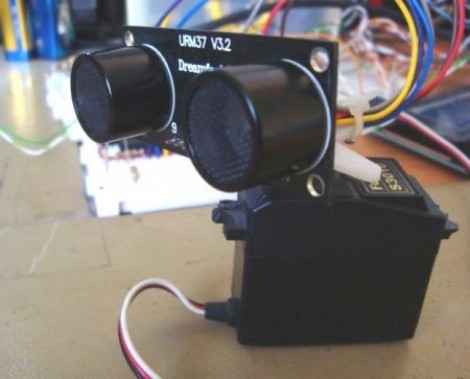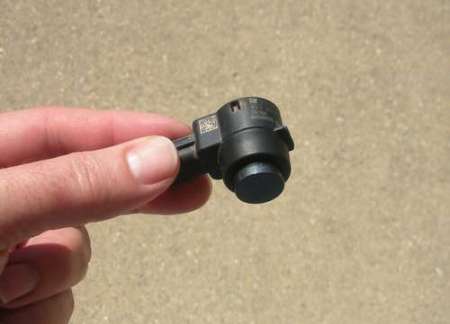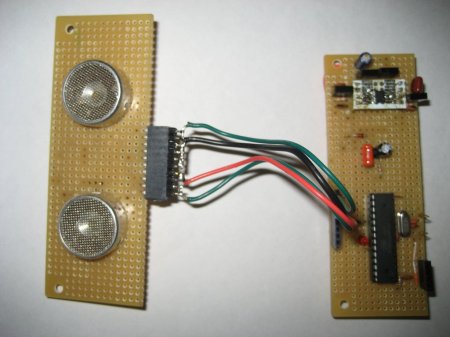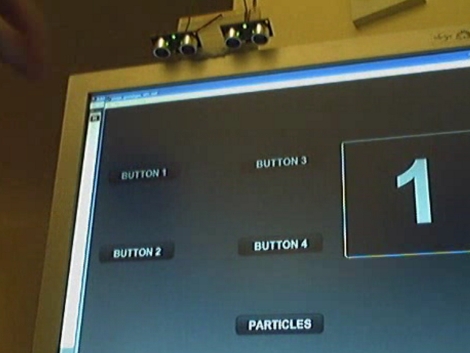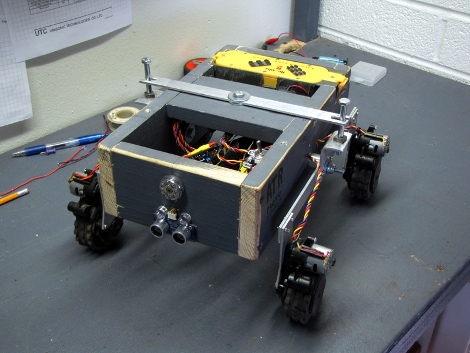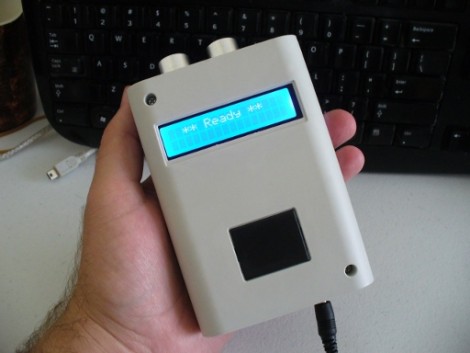
[John Boxall] took a different route for a single-input combination lock. This unit uses a Ping ultrasonic range finder to input a four digit code. It’s a hardware upgrade, but uses the same basic concept as his button-based combo lock. That design used an Arduino to measure how long you hold down a single button, with a one second pause between inputs, to enter the code. This one also uses timing to establish when each digit is read, but that digit is grabbed as the distance between your hand and the sensor.
There are things we like and dislike about the redesign. This is obviously much more expensive than other button-based locks like this garage door opener we built. If we were to run with [John’s] design, we might spring for the Ping sensor (because it’s a pretty cool input) and replace he character LCD with an LED or two. The other drawback that we see here is that it may be easy for someone to steal your code by watching from afar. Still, we love the project and think you will too after seeing the demo clip below.

